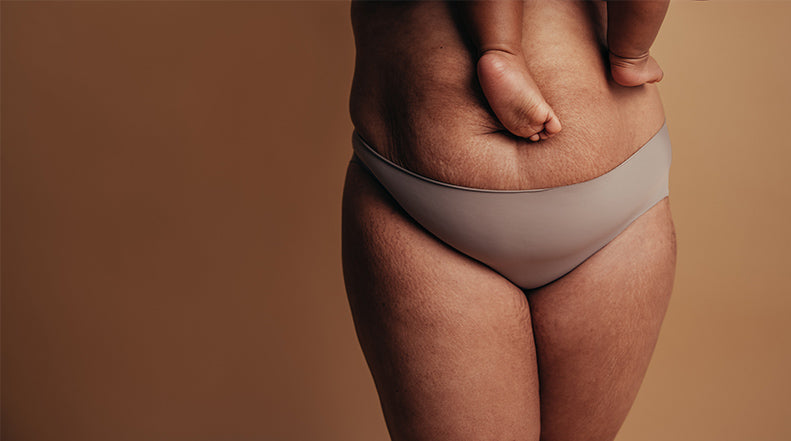7 Natural Tips for Minimizing Facelift Scars

Facelifts are designed to improve a person’s physical appearance, but many people who undergo the procedure worry about the scars that may follow. You might not be aware that a facelift actually includes one of several different types of procedures. Some of the options for facelift procedures include the following:
- Traditional Full Facelifts. This procedure is the most comprehensive in nature and involves a very large area of a person’s face. Most often, full facelifts are used to help individuals in their 50’s and 60’s mask the signs of aging.
- Mild Facelifts. During this procedure, a surgeon will tighten tissues below a person’s eyes and around their cheeks to lift muscles. Most often these procedures are chosen by people who are in their 30’s and 40’s who want to appear rejuvenated but not as significantly as full facelift candidates.
- Mini Facelifts. This procedure involves small incisions and often involves a person’s jaw, lower cheeks, and neck. A large number of mini facelifts are performed using endoscopy, which means that there are very few scars left. Mini facelifts are almost always chosen by individuals who have just begun to show signs of aging.
- Lower Facelifts. This procedure is focused on the bottom portion of a person’s face. Like all the other types of facelifts, a plastic surgeon will make an incision around the area. Patients of all age groups who want to look younger frequently select this option.
- Thread Facelifts. This procedure is much less invasive than other types of facelift. A plastic surgeon will place tiny stitches below the skin to lift the muscles in a person’s face. Most often, patients in their 30’s and 40’s who want to make small changes to their appearance select this option.
No matter which procedure is chosen, many patients wonder about the possibility of noticeable scars after the facelift.
The body will heal the wounds from a facelift procedure during a three part process.
- First, in the days immediately after the surgery, a person’s wound will be red and swollen as damaged cells are removed and blood supply is reestablished.
- Next, between 6 to 8 weeks, a person’s scar will enter the proliferative phase, during which time the scar might increase in size because the body is adding collagen to increase strength at the wound site.
- Last, between 4 to 12 months, a person will notice that their scar will eventually shrink in size as the body remodels the area.
These scars can be barely visible but sometimes are more significant. Fortunately, there are some natural tips that you can use to avoid facial scarring.
TIP # 1 - TAKE STEPS BEFORE THE SURGERY TO AVOID EXCESSIVE SCARRING
Patients with a history of smoking should consider not smoking for six weeks prior to surgery. Because smoking interferes with oxygenation, it impairs skin health.
Maintaining a diet high in vitamins A, C, and E helps to promote wound healing. Also try adding foods that are high in iron such as beans, beef, green leafy vegetables and turkey. It’s also wise to eat foods that have a large amount of zinc including eggs, garlic, shrimp, and spinach. A good diet can help to prepare the body for the stresses of surgery.
Genetics and skin tone influence how much a person scars and can’t be modified. While not always true, darker skin tends to result in more scarring.
TIP # 2 - FOLLOW POST CARE INSTRUCTIONS
The physician who performs the facelift will provide critical instructions about how to care for the wounds following surgery. One of the most important precautions is to avoid sleeping in a manner that irritates the incisions and surrounding area. Another piece of advice is to avoid strenuous activity until the body has healed.
TIP # 3 - AVOID SUNLIGHT
Take proper precautions to avoid exposing facelift scars to sunlight. Be sure to wear appropriate sunscreen to block against UVA and UVB rays if sun exposure is unavoidable. Wear a hat to shade the facial incisions or even better, use NewGel+UV which has a SPF 30 mineral sunscreen to help prevent scar hyperpigmentation and discoloring due to the suns harmful UV rays!
TIP # 4 - USE ANTIBIOTIC CREAM
There are several types of creams that can help to substantially reduce the scars of a facelift surgery. Your doctor may prescribe one to reduce the chances of infection. Some creams for facelift incisions are available over the counter, but check with your doctor before applying such products.
TIP # 5 - MASSAGE SCARS
Massages are effective because they increase circulation. Delivery of oxygen, nutrients and specialized cells supports the development of healthy new tissue.
TIP # 6 - STOP SMOKING
Any person who smokes should stop after a facelift. Smoking impairs the body’s ability to distribute oxygen throughout the body. Instead of helping the body heal, blood cells become occupied by carbon monoxide, which is deadly and delays the recovery process.
TIP # 7 - USE SILICONE
Topically applied silicone gel products can help to accelerate healing. A silicone barrier blocks out bacteria but holds in helpful moisture, creating a microenvironment where the skin heals more fully, with less scarring. To find the appropriate silicone product, browse the NewGel+ assortment of silicone gel treatment products. NewGel+E is an invisible topical gel and there are also NewGel+ silicone gel sheets and strips specifically shaped to treat typical face lift scars. All are recognized as effective in fading and flattening scars. We also have NewGel+UV which has a SPF 30 mineral sunscreen to help prevent scar hyperpigmentation and discoloring due to the suns harmful UV rays!




Comments